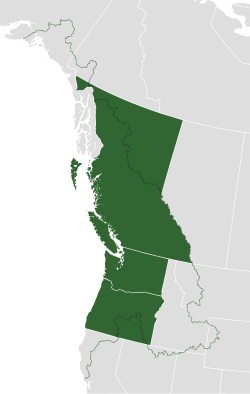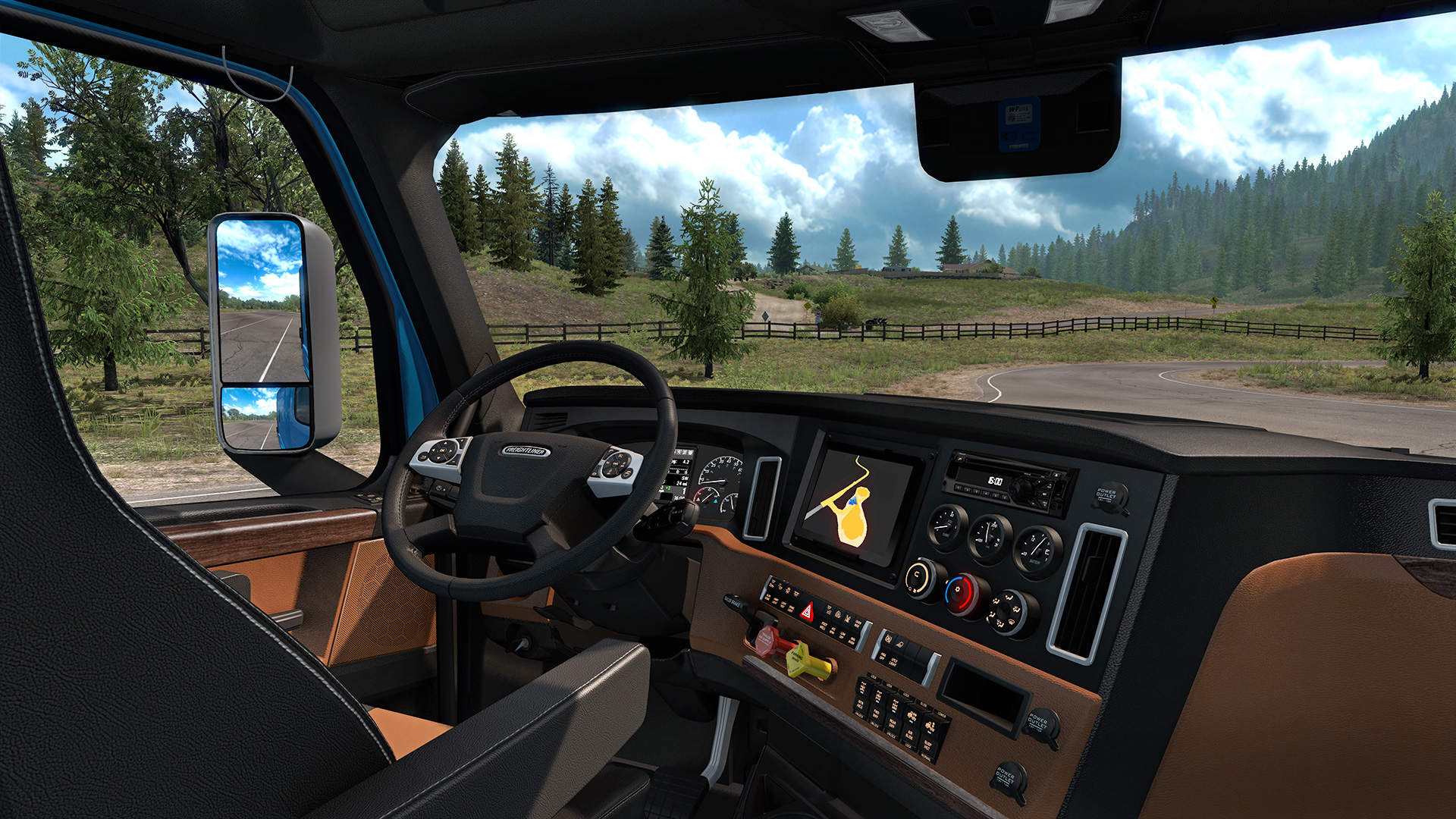Cascadia Subduction Zone Marine Geohazards
Cascadia is a bioregion and bioregional movement located within the western region of North America.Potential boundaries differ, with some drawn along existing political state and provincial lines, and others drawn along larger ecological, cultural, political, and economic boundaries. Cascadia has a special niche in education, our classrooms are located in the most magnificent wilderness regions of Oregon, Washington, Alaska and Costa Rica. Our courses are dedicated to youth, ages 10 to 18, seeking to learn and advance their skills in healthy outdoor pursuits: kayaking, backpacking, rafting, and rock climbing. The Cascadia subduction zone is a convergent plate boundary that stretches from northern Vancouver Island in Canada to Northern California in the United States. It is a very long, sloping subduction zone where the Explorer, Juan de Fuca and Gorda plates move to the east and slide below the much larger mostly continental North American Plate.
- Cascadia Tech Academy does not discriminate in any programs or activities on the basis of sex, race, creed, religion, color, national origin, age, veteran or military status, sexual orientation, gender expression or identity, disability, or the use of a trained dog guide or service animal and provides equal access to the Boy Scouts and other.
- See the Linn County Parks and Recreation web page for Cascadia State Park information. Linn County now manages the park. To reserve group facilities, call Linn County at 541-967-3917. For more information, see our Frequently Asked Questions.
Societal Issue: Uncertainty related to rupture extent, slip distribution, and recurrence of past subduction megathrust earthquakes in the Pacific Northwest (northern CA, OR, WA, and southern BC) leads to ambiguity in earthquake and tsunami hazard assessments and hinders our ability to prepare for future events.
Dynamic coastlines along the western U.S.
The west coast of the United States is extremely complex and changeable because of tectonic activity, mountain building, and land subsidence. These active environments pose a major challenge for accurately assessing climate change impacts, since models were historically developed for more passive sandy coasts.
U.S. West Coast and Alaska Marine Geohazards
Marine geohazards are sudden and extreme events beneath the ocean that threaten coastal populations. Such underwater hazards include earthquakes, volcanic eruptions, landslides, and tsunamis.
Devastating earthquakes in Japan (2011) and Chile (2010) that spawned pan-oceanic tsunamis sent a sobering reminder that U.S. coastlines are also vulnerable to natural disasters that originate in...
Probabilistic Forecasting of Earthquakes, Tsunamis, and Earthquake Effects in the Coastal Zone
The nation's coastlines are vulnerable to the interrelated hazards posed by earthquakes, landslides, and tsunamis. In the marine environment these events often occur in concert, and distant triggers can cause severe local effects, making the issue global in scope. As the population continues to migrate toward the coastlines, the social impacts of these hazards are expected to grow.
USGS-developed lahar detection systems provide warning of lahars
USGS scientists developed an inexpensive, durable, portable, and easily installed system to detect and continuously monitor the arrival and passage of debris flows and floods in river valleys draining active volcanoes.
Status: Active18-2. Earthquake ground motions and seismic hazard in the Pacific Northwest
This Research Opportunity will be filled depending on the availability of funds. All application materials must be submitted through USAJobs by 11:59 pm, US Eastern Standard Time, on the closing date.
SLAB2 - A Comprehensive Subduction Zone Geometry Model
Tsunami and Earthquake Research

Here you will find general information on the science behind tsunami generation, computer animations of tsunamis, and summaries of past field studies.
Tsunami Hazards, Modeling, and the Sedimentary Record
Basic research to develop the geologic record of paleotsunamis and improve the ability to interpret that record is needed to mitigate tsunami risk in the U.S.
Seeking the Seeps
From June 12 to July 3, 2019, the USGS sailed onboard Schmidt Ocean Institute’s R/V Falkor with several other partners, seeking methane seeps along the seafloor of several underwater canyons off the coast of Oregon and Washington. On this cruise, USGS scientists will seek to understand how much methane is coming out of these seeps, how it travels through the water column, and its...
Collection of 3D Geometries of Global Subduction Zones
Release Date: NOVEMBER 12, 2018
A new picture of the geometry of subducting slabs around the world, the locations of the world’s largest earthquakes.
Local Tsunamis in the Pacific Northwest
In the past century, several damaging tsunamis have struck the Pacific Northwest coast (Northern California, Oregon, and Washington). All of these tsunamis were distant tsunamis generated from earthquakes located far across the Pacific basin and are distinguished from tsunamis generated by earthquakes near the coast—termed local tsunamis.
Jump to a Section
1 - Determine Your Admission Process
Http://cascadeautogroup.com
New, First Year Student
Applicants 18 years or older or those with a high school diploma or equivalent that have not attended a college or university following the summer of their high school graduation (includes those Running Start, IB, AP, and College in the High School credit earned while in high school).
BEdA, ESL, High School Completion
Applicants interested in Adult Basic Education, English as a Second Language, and High School Completion.
Bachelor Degree
Applicants that have completed an associate degree or meet the prerequisites for the Bachelor of Applied Science in Sustainable Practices.
International Student
Applicants who need a student visa to study in the U.S.
Non-matriculated, non-degree seeking
Applicants not pursuing a degree or certificate need to:
- Apply for admissions (Indicate 'Non-Degree Seeking' when asked intended major area of study on application.)
- Contact Academic Advising to submit unofficial copies of college transcripts
Returning Cascadia Student
Applicants that have previously attended Cascadia, but have not completed their degree program should Schedule an appointment to meet with an Academic Advisor.
Running Start (Prospective Student)
Applicants seeking admission into the Running Start program and will have 11th or 12th grade status.
Transfer Student
Applicants seeking a degree, that have attended another college or university.Note: Students that have Running Start, AP/IB credit, and College in the High School credit should apply under 'New, First Year Students.'
Underage Student
Applicants that are 16-17 years old, and not enrolling in the Running Start program.
Veteran
Applicants that are veterans of the United States military services and working with a G.I. Bill®.
GI Bill® is a registered trademark of the U.S. Department of Veterans Affairs (VA). More information about education benefits offered by VA is available at the official U.S. government website.
2 - Visit Campus
Learn more about Cascadia by visiting campus. Virtual tour available.
Cascadia College is still operating - we're just doing things differently. Our college has moved services and instruction online to the greatest extent possible. Most classes are online and buildings are closed to the public. You can now access support services and appointments online, and those can be found on our Temporary Resources page. We will update the community on our COVID-19 information page.
3 - Apply for Admission
- All students must apply for admission
- If you are an international student on F1 Visa status, please complete an international application
- If you have previously applied to Cascadia and have a Cascadia student ID number, you do not need to re-apply
Start Date
Tuesday, July 6, 2021
Wednesday, September 29, 2021
PLEASE NOTE: In order to allow new students enough time to complete the application and registration process before the quarter starts, we recommend that students apply by the suggested application submission deadline.
4 - Financing Your Education
Financial Aid
Once you've applied for FAFSA, check your financial aid status in the Financial Aid Portal.
Resources
- College Goal Washington offers events that will walk you through the FAFSA application process. Events offered in January.
Contact the Financial Aid Office at finaid@cascadia.edu with any questions.
5 - Placement & Register for Classes
Most courses at Cascadia require an assessment of a student's skill level in reading, writing, and math in order to determine whether or not a student is prepared to succeed in the courses. These assessments are not pass/fail in nature but are tools to assist advisors with appropriate class selection. There are a number of ways to meet course prerequisites depending on whether you are a new, first-time college student or a transfer student with one or more quarters of college experience. Find your pathway below for placement information and the registration process.
If you are uncertain of your situation, or have questions regarding your placement, please contact admissions@cascadia.edu.
Ways to Determine Placement
- ACCUPLACER Placement (recommended only if the above methods do not apply)
Inside Cascadia Bhc
- ACCUPLACER Placement (recommended only if the above method does not apply)
Meet with an Academic Advisor by scheduling an advising appointment.
IMPORTANT: In order for previous college courses to apply towards a Cascadia degree or certificate you must submit official transcripts to and complete the Transcript Evaluation Request form.
6 - Tuition, Orientation, Books, Parking/Bus Pass
Pay Tuition
A new student online system for supporting you from registration through graduation. Learn more at cascadia.edu/ctcLink.
The quarterly tuition deadline is posted in the Academic Calendar. Tuition must be paid in full by the tuition deadline to avoid being dropped from classes.
Pay Online
Log into to ctcLink and pay online (your ctcLink ID Number and password will be required).NOTE: Please do not use Autofill features on your browser at this time, as that can cause incorrect information to be submitted.

Pay by Mail
Send your check payment with your new student ID to:
Cascadia College, Finance Office18345 Campus Way NE, Bothell, WA 98011
The mailed payments must be received by the tuition deadline date, not postmarked.
Payment Plan - Student Tuition Payment Plan (STPP)
Plan Details for Winter 2021 Quarter:
- 1st installment (1/3 total tuition and fees) and $10 Enrollment fee are due by January 4th, 2021
- 2nd installment (1/3 of remaining tuition and fees) is due by February 4th, 2021
- 3rd installment (all remaining tuition and fees) is due by March 4th, 2021
Plan Details for Spring 2021 Quarter:
- 1st installment (1/3 total tuition and fees) and $10 Enrollment fee are due by March 29th, 2021
- 2nd installment (1/3 of remaining tuition and fees) is due by April 29th, 2021
- 3rd installment (all remaining tuition and fees) is due by May 29th, 2021.
In order to sign up for the quarterly payment plan please fill out this form:Quarterly Payment Plan.
Visit Paying for College for additional information on tuition prices, estimated college costs, fees, refunds, tax credits, and waivers.
Attend JumpStart Orientation!
An online opportunity where you will work through your own pace and have opportunities to talk live with current students, faculty, and administrators!
Next orientation date: TBD

If you have any questions and/or concerns, please email admissions@cascadia.edu.
Purchase Your Books
Campus Bookstore
*To ensure public health, all course materials purchases are online only University Bookstore course materials department will be closed to the public.
For more information, visit: ubookstore.com/student
Online Sites Selling Textbooks
Use the textbook's ISBN number found in the quarterly class schedule to purchase your books
Commuting
